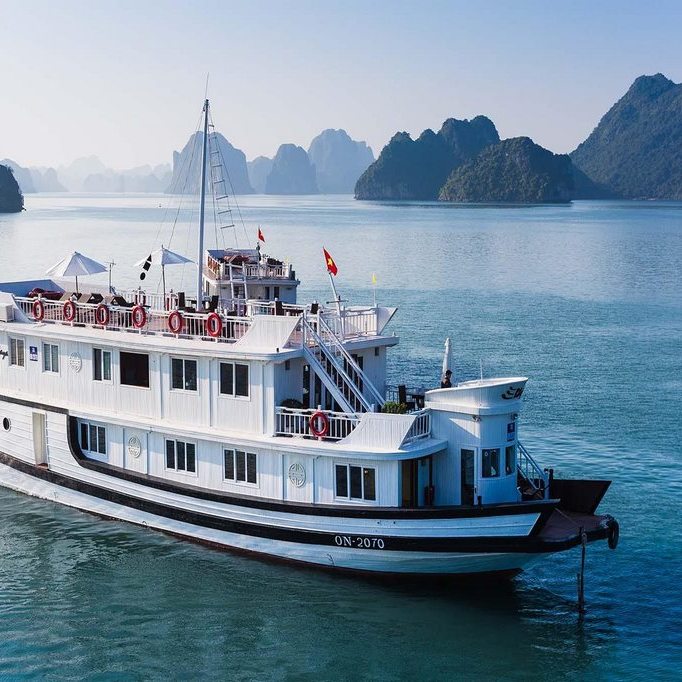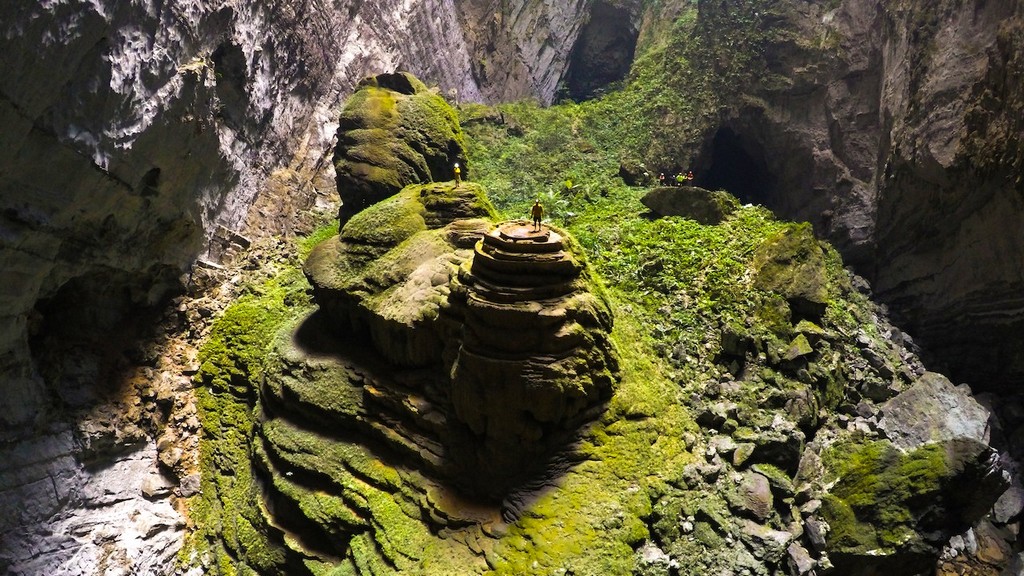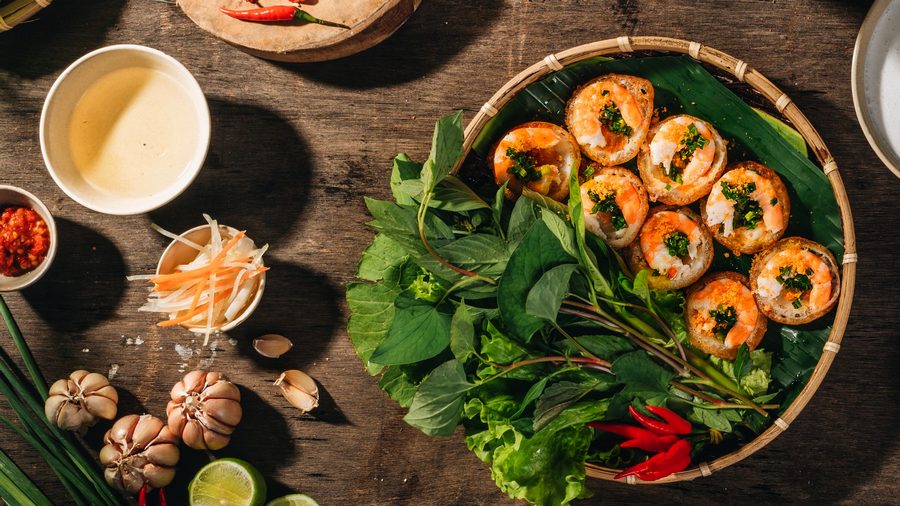Laos – The Mountain Locked Country
Laos remains an unknown country for mass tourism. Surrounded by Thailand, Cambodia, Vietnam and China, it is a sparsely populated country, offering visitors a wide variety of stunning landscapes, and a great historical and cultural diversity. This small country is still home to some 49 ethnic groups whose lifestyles have remained relatively unchanged for centuries. Crossed by the Mekong River, Laos is a very green land due to the abundance of mountains, forests and rivers.
History
The lack of foreign influence offers visitors an unprecedented view of the traditional life of this Asian country. Isolated from the outside world for two decades, in 1990 it opens its doors to tourism.
With a recent past full of revolutions, economic crises and clashes with neighboring countries, Laos achieved independence in 1953. Today the communist party maintains a monopoly of political power, with a good functioning of the economy, if intervening excessively in the everyday life of the people of Laos, as long as they do not challenge their domain.
The media is controlled by the state, but most of the country has free access to radio and television, and Thailand’s Internet network is available in most cities. The people of Laos have a lot of freedom when traveling.
Climate
Laos has a tropical climate with two different monsoon seasons. In the southwest monsoon season, the rains go from May to October, while the northwest monsoon, in the months of November to April, brings a drier climate. Although most of the country has warm temperatures throughout the year, in the mountainous areas temperatures close to zero degrees can be reached.
The best time to visit Laos is between November and February, when it rains least and the temperatures are not too high. In these months the most spectacular festivals of the country are also celebrated. From March to May, daytime temperatures can rise to 40 degrees and the nights are not much cooler.
Language
The Lao is the official language of Laos. The majority of the ethnic groups of the country have their own dialects, and they collect the Lao as a second language, essential to communicate with the rest of the groups.
French is spoken, although only by people of high society. English is the language in which most merchants communicate with tourists.
Religions
About 70% of the population of Laos practices Theravada Buddhism (which defends the control of human passions), a religion that developed towards the 17th century. Religion has a strong influence on culture and everyday life. Most towns and cities have at least one temple, which is the main center for social and recreational activities, as well as religious ceremonies.
Currency
The official currency of Laos is the Laotian Kip (LAK), although all commercial transactions are made with three different currencies: the kip, the Thai baht and the dollar. In large cities and major tourist centers, Thai dollars and bath are widely accepted in hotels, restaurants and shops.
In smaller cities and towns transactions are usually done in kip. Normally, the price of the usual daily products is established in kip, while the more expensive services such as excursions or rental of means of transport are established in dollars.
ATMs are not very widespread and can only be found in the capital, Vientiane.
Places of interest
THE MEKONG RIVER
This impressive river with its characteristic chocolate color crosses the country and serves as a border with Thailand. One of the most common ways of moving from one country to another is through a two-day trip starting at Huay Xai and going down to Luang Prabang. The life that surrounds this river throughout the country is spectacular, being found on its banks both small fishing villages, as well as large cities such as Vientiane, capital of the country. An unforgettable experience that you can not miss if you are visiting Laos.
VIENTIANE
Vientiane is probably one of the quietest capitals of South Asia. Located in a wide bend of the Mekong River, we can find some of the greatest monuments in the country. Since Laos opened its doors to foreign tourism, the city has changed with a dizzying speed. In just 20 years the economy has recovered and we can see in the city a shopping center, pizzerias and a multitude of shops focused on tourists, as well as luxury hotels.
Wat Sisaket: It is the oldest temple in Vientiane, built in 1818, it is the only temple that survived the war with Siam. Famous for the interior walls, where it houses almost 7000 Buddha statues, it is one of the most popular spots in Vientiane.
National Museum of Laos: Located in an old mansion in the north of the city, we can see in its interior prominent parts of the ancient history of Laos through different paintings, photographic exhibitions in black and white teach us the fight against Japanese and Americans .
That Luang: It is the most important religious building in Laos and its national symbol. The current building is a reconstruction of 1930. The original was built in the sixteenth century although it was destroyed in the war of Siam.
Its huge pyramidal stupa covered with gold is surrounded by 30 small stupas. It is built on three levels that represent the ascent of the earth to heaven. Inside the cloister we can find different Buddha sculptures.
Buddha Park: Called formally as Xieng Khuan, it is a park with more than 200 Buddha sculptures located on the outskirts of the city. It is one of the most peculiar attractions of Laos. One of the most striking structures is a pumpkin-shaped tower three stories high. The largest statue of the park is a temple shaped like a statue of Buddha lying down, about 120 meters long.
Haw Pha Kaeo: This temple was built in the 16th century to house the famous emerald Buddha, which today is found in Thailand. The most striking thing about this temple are the gardens that surround it, with a great color.
VANG VIENG
It is one of the most tourist destinations in Laos. On the east bank of the Nam Song River is this dreamlike landscape, surrounded by spectacular mountains and cliffs. Although Vang Vieng is one of the most tourist destinations in Laos, it still retains that beauty and tranquility of the sites that have remained hidden from travelers.
Las Cuevas: Vang Vieng is known for its spectacular limestone caves at the base of the mountains that surround the city, an unmissable visit for any tourist in the area.
Tham Chang: It is the most famous cave of all. It is crossed by a natural spring perfect to cool off with a dip. Following the current of the waters, you can swim to other sections of the cave. Thanks to its location offers perfect views of the village and rice crops.
Tham Khan: This cave mixes adventure and history, when a hedgehog hunter discovered the cave thanks to a two-meter image of Buddha, and after being examined by archaeologists were found a multitude of prehistoric knives, swords and axes. You can find many secret passages. Even so, it’s pretty safe.
Ban Tham Xang: They are a group of four caves located 8 kilometers north of Vang Vieng. The four caves are called Tham Xang, Tham Loup, Tham Hoy and Tham Nam. Tham Xang or the elephant cave you can see several Buddha images and an elephant-shaped stalactite. Tham Nam or the cave of water, where the most striking is an underground stream through which you can throw in inflatable tubes. The Tham Hoy cave is the most spectacular of the four, with an underground lake and a mini waterfall along the three-kilometer cave. In Tham Loup you can see the most incredible stalactites and stalagmites, with a spectacular bright whitish and brown color.
LUANG PRABANG
Located in northern Laos, Luang Prabang was designated a World Heritage Site by UNESCO in 1995. Considered by many travelers as the cultural heart of the country, it is one of the most charming and best-preserved villages in all of Southeast Asia.
Located at the confluence of the Nam Khan and Mekong rivers, it is a city entirely dedicated to tourism, where visitors can enjoy a large number of temples. This ancient capital is still the main center of Buddhist learning in Laos and is the perfect place for spiritual contemplation.
Mount Phousi: About 150 meters above the city highlights the profile of this hill on the horizon of Luang Prabang. After a gentle climb, yes, at least an hour, at the top of the mountain you will find spectacular views of both the sunrise and the Mekong River, as well as a sensational panorama of the entire city and its many temples.
Halfway down the road we find the shrine of Wat Tham Phousi, where we can observe a spectacular potbellied Buddha nestled at the entrance of a grotto and a reclining Buddha.
The Royal Museum: Located between the Phousi Hill and the Mekong River, the former Royal Palace now houses the Museum, where you can see various objects and symbols of the extinct monarchy of Laos. The Palace is located at the end of a majestic walk flanked by palm trees.
Inside the museum, we find huge canvases that portray everyday scenes of Luang Prabang. If you visit the museum you can not miss the spectacular throne room, with walls dotted with multi-colored mirror mosaics, which dazzle even in the gloom, or the royal library, with the official archives of the Ming and Ching dynasties.
Wat Xieng Thong: The oldest and most charming Buddhist monastery in the whole country. The complex itself invites to stroll, especially in the early morning before the multitude of visitors who invade it arrive daily.
The Sim or main temple is famous for being the place of the coronation of the kings of Laos and for being a meeting place in the most important annual festivities. The highlight is its roof on two levels and its golden facades that shine in the sunlight. In the back of the temple there are legends of Laos and a beautiful mosaic that represents the tree of life.
To the left of the Sim stands a small brick and stucco chapel containing a spectacular standing Buddha image that is worth visiting.
Ceremony of the offering of offerings: Every day at dawn the monks go out in procession through the streets of Luang Prabang and it is one of the main tourist attractions and one of the most representative images of the city.
At 5:30 in the morning the monks leave their temples walking the streets of Luang Prabang, picking up the offerings that people give them in the form of food and waiting for them on their knees respectfully on the sidewalks. A spiritual experience that will make the early mornings worthwhile.
The caves of Pak Ou Buddha: They are located about 25 kilometers from the city, at the confluence of the Mekong and Nam Ou rivers, and you can reach them after a quiet two-hour trip along the Mekong River. The best known are the sacred caves of Tham Ting and Tham Phoum, where we find many ancient Buddha images.
XIENG KHOUANG
The plateau of Xieng Khuang is at a crossroads of important trade routes that lead to China, Thailand and Vietnam, so historically it has been a highly coveted territory. This province is surrounded by spectacular mountains, including the highest peak in the country (Phou Bia).
Despite this, the most remarkable are its plains, especially the well-known plain of the jugs, a plateau of large meadows and low hills located in the center of the province. The plain takes its name from a group of urns in the shape of a tinaja found there. Although there are several legends about the origin of these jars, some say they were made to store the wine for the celebration by the conquest of Xieng Khouang. Others think they were created as funerary urns, to store the bodies of the dead.
Phonsavan: It is the capital of the province of Xieng Khouang. Little by little it has been gaining importance after being destroyed almost in its entirety in the Second Indochina War. Rebuilt in its entirety, from Phonsavan we can highlight its great fresh food market
THE NORTH OF LAOS
Pakbeng: The bustling city of Pakbeng acquires its importance because it is the only moderately important city on the route between Huay Xai to Luang Prabang, so if you are going to follow this route you will surely have to spend a night in this city.
Pakbeng is an interesting city that is growing rapidly thanks to tourism. It is worth taking a walk around the city, and visit its pleasant temples overlooking the Mekong River.
Oudomxai: This charming city deserves a stop to enjoy the tranquility, the relax and the views of Phou Sai Hill, a hill that will offer you a spectacular view of Oudomxai, crowned by a white stupa with a gold needle.
From here you can undertake a series of interesting excursions in the area, a visit to the beautiful Muang La, or a stop at the hot springs on the way to this city.
Muang Sing: This small town has developed its tourism activity around the trekking activities developed in the beautiful valley that surrounds it. One of its main tourist attractions is the tribal museum, a simple but elegant wooden building where you can find tribal costumes and some Buddha image.
Hidden behind the museum is the main temple of the city, Way Sing Jai, with a main room decorated in a spectacular and striking. If you are going to visit in the morning you will find a great hustle and bustle, especially women from the village who will pray and make offerings.
But what stands out most about Muang Sing is its large market. It starts very early, just after sunrise, and although it lasts all day, it is best to arrive before 10 to see it in all its glory.
Huay Xai: This town is for many tourists the first contact with Laos, since it is the first city with which you will find yourself going down the Mekong River from Thailand. Its main tourist attraction Wat Khao Chom Manilat, located on top of a hill. The main room is a modern building and called, what really is worth the adjacent building, Shan style, old main room and today is a school for novice monks.
Behind the temple stand a series of pha Heuan, literally “cloth houses”, built to store the belongings of the dead.
But if for any reason tourists disembark in Laos in the Gibbon Experience, one of the most important ecotourism projects in Laos, carried out in the Bokeo nature reserve, a virgin area unexplored by tourists. The experience consists of a series of activities during two days in the middle of the Laos jungle.
Leave a Reply:
You must be logged in to post a comment.





